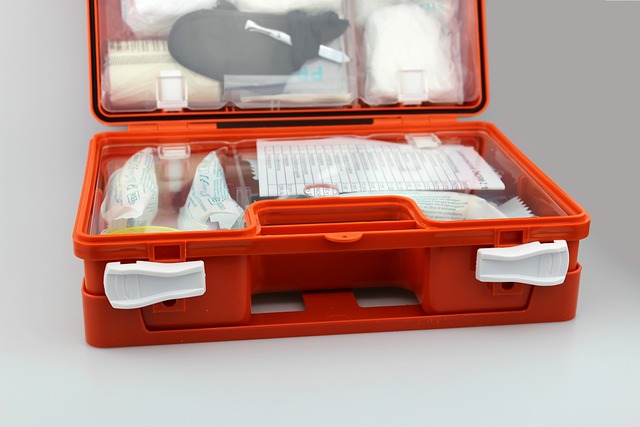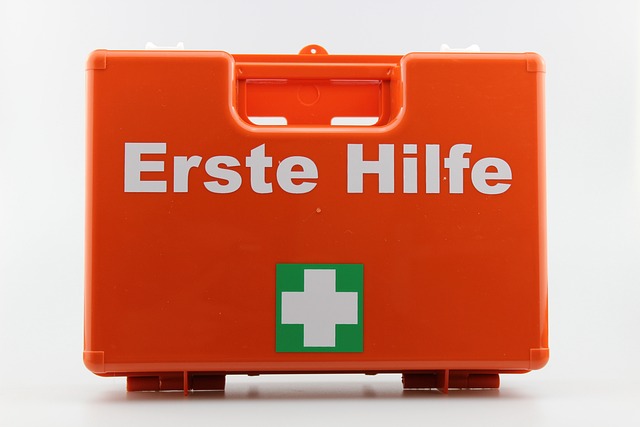
How to Make a First Aid Kit In Easy Steps?
It’s easy to make a first aid kit. Just follow the steps, assess your needs, gather your materials, choose the right container, and organise.
Being ready for an emergency is essential for you and your family because they can occur anytime, anywhere. A simple but crucial aspect of being well-prepared for emergencies is keeping a first aid kit stocked with the necessary supplies in your home. Although you can purchase ready-made first aid kits from stores, it is also simple to make your own and tailor it to the unique needs of your family.
Table of Contents
How to Make a First Aid Kit?
Now that we know how to make a first aid kit, let’s look at it in more detail. Of course, you could just buy one that has already been created. Even though these are helpful, you’ll need to replace them once you’ve used up the supplies. Knowing how to put your own together is therefore useful. Find the British Standard (BS) 8599 models if you plan to purchase one.
The steps you must follow to create your own first aid kit are outlined below.
- Assess your needs. You should first consider why you are assembling a first aid kit. Will you use it for travel or for your home? What number of people will it serve? What kind of environment will you keep it in? The following actions will be guided by all of these ideas.
- Gather your materials. You can start assembling your first aid kit once you are aware of the conditions it will be used in (see our lists above for a complete list of what you need). Be sure to stock up on enough to last a while.
- Choose the right container. Finding a suitable container to house the contents after you’ve assembled them is necessary. You should consider the environment and utility in this situation. For instance, a first aid kit for travel should be compact, strong, but not rigid. A device that is used in more demanding environments might need to have a hard case and be waterproof.
- Organise. You should organize your kit and possibly even label it. If possible, you should make it so that anyone using it can easily find everything. Use pockets or compartments to separate items and group like items together.
What is a First Aid Kit?
- A first aid kit is a container that contains all the instruments, drugs, and cleaning supplies you’ll need to perform first aid on yourself or another person.
You and other people, including your support person, can use your first aid kit
What is First Aid?
- The assistance you can provide someone who has been hurt is known as first aid.
- First aid is for minor injuries, not serious ones
- Especially at home, first aid can be administered anywhere.
- First aid can be:
- Washing and covering a small cut
- Putting ice on a bruise
- Taking someone’s temperature

Who Can Do First Aid?
- First aid can be administered by you, other people, and even your support person.
- You must inform your support person, as well as your friends and family, of the location of your first aid kit.
- However, some tasks might need to be carried out by experts, such as doctors or paramedics.
- The best course of action is to call 911 or tell someone if you are unsure about something.
- You should call 911 immediately if someone:
- Is unconscious
- This means that the person isn’t awake and doesn’t respond to anything
- Is severely bleeding
- Has broken bones
- Is in shock
- Call 911 if you feel you can’t or shouldn’t provide first aid in any of these situations or others.
First Aid Essentials
- Adhesive strip dressings
small skin wounds and cuts. Young children’s parents might want to include versions in bright colors or patterns. Use non-adherent (not-sticky) wound dressings rather than these on burnt or grazed skin. - Wound dressings
We advise keeping a variety of sizes in your kit because these can aid in controlling bleeding and preserving wounds. - Elastic (crepe) and non-elastic bandages
For wounds that are bleeding, crepe bandages are used to apply pressure, support, and hold wound dressings in place. Non-elastic bandages can be applied to slings, splints, and other devices to help limit movement. - Swabs and disposable gloves
Swabs are used to clean your hands, a patient’s wounds, and the nearby skin. Purchase disposable gloves in a size that will fit the hands of every adult in the household to help prevent infection. - A pair of scissors and blunt-nosed shears
Dressings and bandages can be sized with scissors, and if necessary, shears can be used to remove clothing. - Tweezers
Purchase a set of elongated, pointed tweezers made specifically for the task if you want to remove splinters. - Saline
Saline solution, which is made of water and sodium chloride (salt), is used to clean cuts and remove small irritants like dust, sand, and insects from the eyes. - Burn relief cream or gel
When there isn’t any cool running water available, burn creams are helpful. They can be used to treat minor burns or offer comfort while traveling to a hospital. - Adhesive tape
One of the most crucial things to have in a first aid kit is permeable adhesive tape, like the kind you can buy at the neighborhood drugstore. It aids in dressing security. - A thermal blanket
To stop your body from losing heat, use an emergency thermal blanket. When used as a sun shelter, they have the added benefit of reducing heat. - Notepad and pencil
Important for keeping track of dates, times, and specifics of an illness or injury. - Medications
For both adults and children, it’s a good idea to carry a painkiller like paracetamol or ibuprofen. Plastic syringes should be kept on hand by parents of young children to ensure proper dosage, and they should think about investing in a digital thermometer to monitor body temperature.
Read about What to Include in a Dog First Aid Kit

